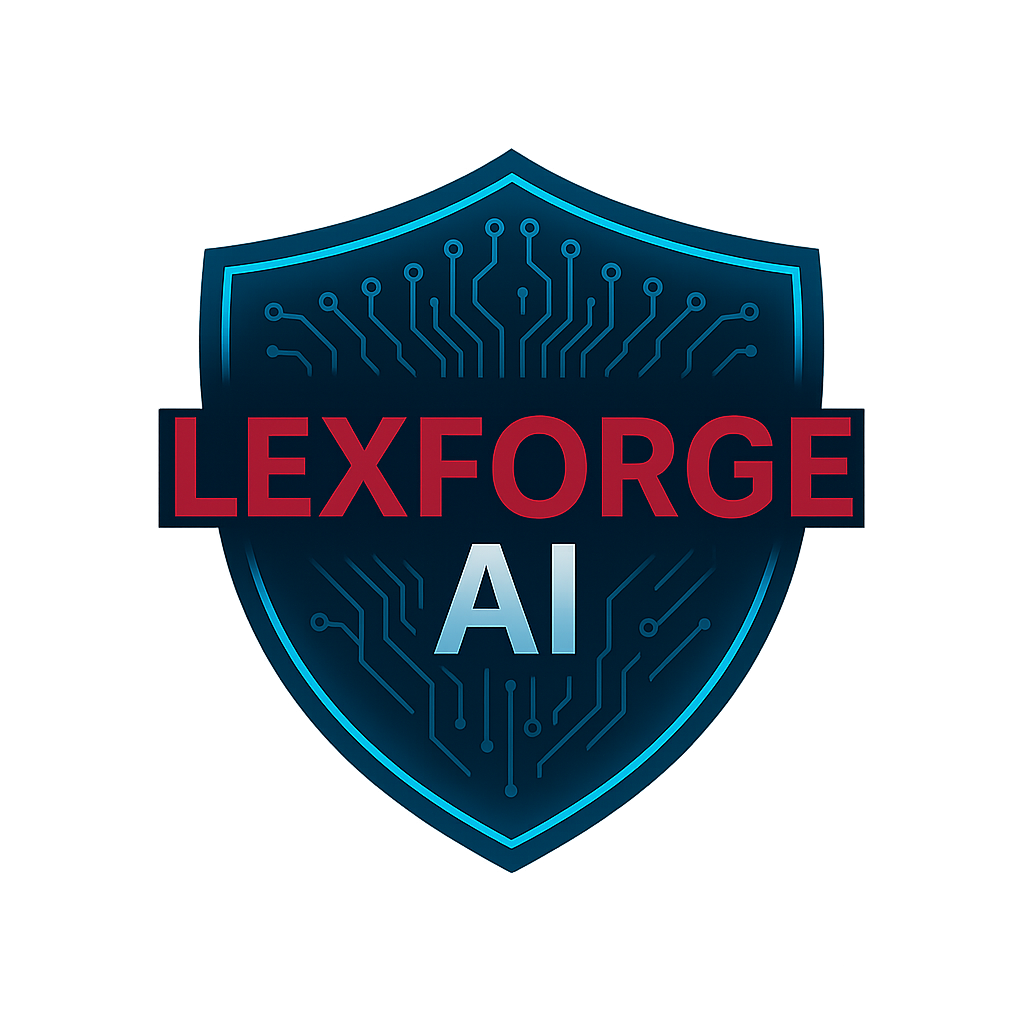Fit-for-Purpose AI: Why “One Size Fits All” Always Fails
Imagine giving every employee in a company the same pair of shoes regardless of their job, foot size, or even whether they work in an office or on a construction site. Would you expect better performance just because the shoes were expensive or high-tech?
Of course not.
The problem isn’t the shoe, it’s the fit.
So why are we still deploying AI solutions like one-size-fits-all footwear?
A groundbreaking study from MIT’s NANDA initiative, titled “The GenAI Divide: State of AI in Business 2025,” found that 95% of enterprise generative AI pilots fail to deliver measurable impact on profit or loss, not due to flawed algorithms, but because of poor integration, unrealistic expectations, and lack of alignment with real business needs TechRadar+13Tom's Hardware+13Wikipedia+13.
This staggering failure rate has persisted, despite an explosion of AI tools and investments. Similarly, research from RAND highlights that over 80% of AI projects fail, double the rate of non-AI IT efforts, underscoring that these challenges are systemic SalesforceDevops.net+5RAND Corporation+5Reddit+5
These failure rates haven’t improved over the past five years, in fact, they’ve gotten worse. More AI tools, more investment, and more hype haven’t improved outcomes; they’ve just made the stakes higher. So, the question would be, why would anyone pursue an AI project in this day and age?
Why Generic AI Often Fails
Misaligned Objectives
AI cannot generate ROI unless the problem it’s solving is clear -- and tied to business or mission outcomes. Without this alignment, models quickly lose relevance Fortune+15RAND Corporation+15The Times of India+15Beam AI.Weak Data Foundations
Without high-quality, governed data, AI is flying blind. Many organizations rush ahead with deployment before ensuring data integrity, leading to garbage-in, garbage-out systems Informatica.Poor Integration
AI tools fall flat when they don’t fit the operational fabric—departments don’t adopt them, workflows break, and performance suffers CIO Dive+15tomshardware.com+15Beam AI+15.Lack of Human Alignment
AI succeeds when it augments roles, not overwrites them. Many solutions fail because they ignore organizational culture and the human side of technology adoption NTT DATA.
What “Fit-for-Purpose AI” Looks Like
Here’s how things shift when AI is designed with intention:
Defined Business or Mission Outcomes
You’re solving a real problem—like reducing compliance risk or accelerating content validation—not just deploying another tool.Tailored Design & Integration
Solutions are co-developed with users, plugged into workflows, and technically aligned with existing systems.Data-First Approach
Data governance, observability, and readiness are foundational, not an afterthought.Human-Centric Alignment
AI agents are built to augment user roles, not compete with them. This improves adoption and trust.
Agentic AI: The Fit-for-Purpose Strategy
Agentic design is a modern strategy that builds modular, specialized AI components, or agents, each tailored to a real-world task and grounded in its operational context. These agents aren’t general-purpose chatbots or models applied broadly; they are strategic collaborators embedded into defined workflows, roles, and governed data environments.
At LexForge, this is what “fit for purpose” looks like in action.
We work closely with stakeholders from the beginning.
We embed organizational context into each agent’s design.
We define success collaboratively and build toward it.
Architecture, governance, and adoption happen in lockstep — avoiding the shelfware trap that plagues so many AI initiatives.
Our approach is supported by what’s working in the field. As the MIT NANDA study noted:
“The remaining 5% differs from all the rest because they focus on one thing and do it well. Some large companies’ pilots and younger startups are really excelling with generative AI, … because they pick one pain point, execute well, and partner smartly with companies who use their tools.”
That’s the essence of agentic AI, solving one critical problem at a time, in a way that fits! That is the essence of LexForge.
Pete Burns
Partner at LexForge
